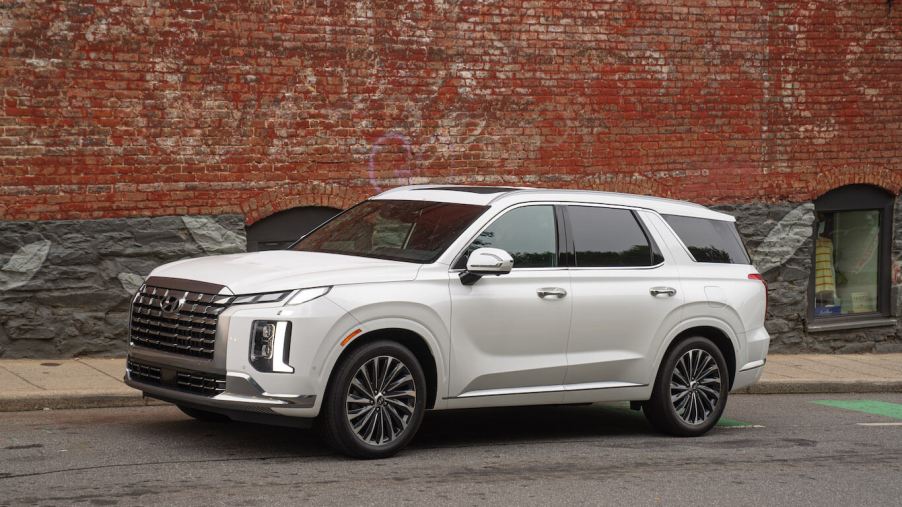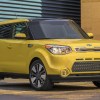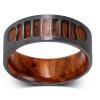
2 Forgotten Hyundai SUVs That Were Important in Hindsight
Hyundai is a company that thrives on its dominant SUV sales. In fact, for the 2023 model year, Hyundai has 25 vehicles in the automotive marketplace, and of those vehicles, 16 of them are SUVs. That number doesn’t even take the Hyundai Santa Cruz pickup truck into account, which, for all intent and purposes, is an SUV with a bed in the back.
Due to this commitment to SUVs, Hyundai is a top-five automotive brand in sales. However, this sales dominance didn’t happen overnight. There are two Hyundai SUVs that were ahead of their time and paved the way for the modern-day SUV. Here is everything you need to know about these Hyundai SUVs and what made them so important.
The Hyundai Santa Fe XL springboarded the Palisade
The Hyundai Santa Fe XL led to the top-selling Hyundai Palisade. Before the Hyundai Santa Fe XL was in production, the standard Hyundai Santa Fe made history by being one of the first affordable mass-market compact crossover SUVs. Today, nearly every SUV sold in America is a compact crossover SUV, and the Santa Fe made that a possibility since the 2001 model year.
The Santa Fe XL was, as expected, a bigger, more capable version of the standard Santa Fe. It featured a body that was five inches longer than the standard Santa Fe, along with a third row of seats for up to seven passengers. By 2019, the Santa Fe XL was reaching the end of its run, and as CNET reports, it was fairly outdated by then. In 2020, the Hyundai Palisade was released, and it featured more interior room, better fuel economy, a larger, more powerful engine, and updated styling.
While the Palisade was better in every way, this vehicle would not have been a possibility without the Hyundai Santa Fe XL pushing the envelope of three-row SUVs.
The Hyundai Veracruz was another precursor to the Palisade
The Hyundai Veracruz is one of the more unique vehicles in Hyundai’s history. The Veracruz was designed to be a larger, stretched-out version of the Hyundai Santa Fe. Yes, before the Hyundai Palisade was building off the success and research of the Hyundai Santa Fe XL, the Veracruz was providing drivers with a larger Santa Fe.
The Veracruz was in production from the 2007 model year to the 2012 model year, and it was fairly successful. It offered seating for up to seven passengers, a decently powerful V6 engine, and all-wheel drive as an option. While the Veracruz was ahead of its time, offering an SUV package that reads like a new SUV on the market today, it suffered from being an early SUV. Poor fuel economy, dated design, and reliability issues led to the discontinuation of the Veracruz.
Why the story of a car is never really over
Vehicles are rarely an entirely new design. The Hyundai Santa Fe led the way in affordable, compact crossover SUVs. This Santa Fe was stretched and turned into the Hyundai Veracruz. This Veracruz was redesigned and turned into the long-wheelbase Hyundai Santa Fe XL. This Santa Fe XL was refined even more and designed into the Hyundai Palisade.
Regardless of how the future looks for the Palisade nameplate, the lessons learned through this vehicle’s production and design will further influence future SUVs, adding to the history of this brand’s lineage. The story of a car is truly never over!



